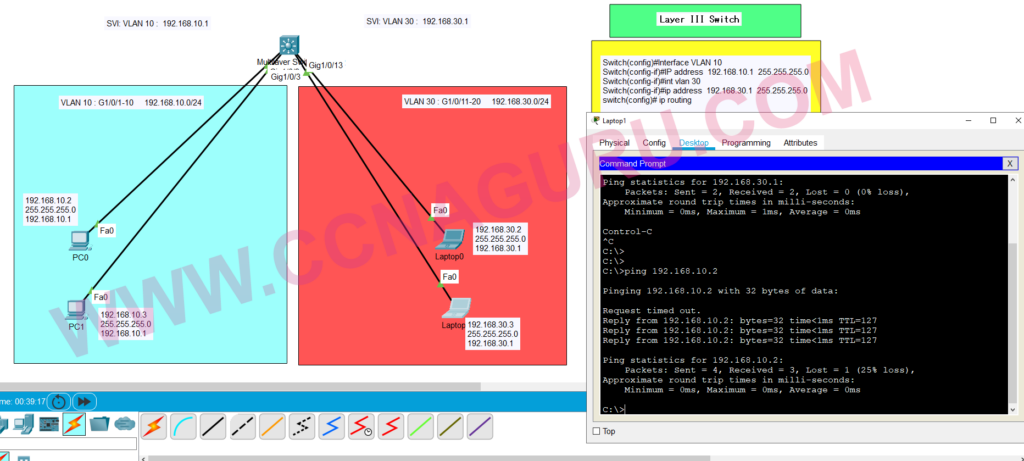Static routes are commonly implemented on a network. This is true even when there is a dynamic routing protocol configured.
Static routes can be configured for IPv4 and IPv6. Both protocols support the following types of static routes:
•Standard static route
•Default static route
•Floating static route
•Summary static route
Static routes are configured using the ip route and ipv6 route global configuration commands.
Next-Hop Options
When configuring a static route, the next hop can be identified by an IP address, exit interface, or both. How the destination is specified creates one of the three following types of static route:
•Next-hop route – Only the next-hop IP address is specified
•Directly connected static route – Only the router exit interface is specified
•Fully specified static route – The next-hop IP address and exit interface are specified
IPv4 Static Route Command
IPv4 static routes are configured using the following global configuration command:
Router(config)# ip route network-address subnet-mask { ip-address | exit-intf [ip-address]} [distance]
Note: Either the ip-address, exit-intf, or the ip-address and exit-intf parameters must be configured.
IPv6 Static Route Command
IPv6 static routes are configured using the following global configuration command:
Router(config)# ipv6 route ipv6-prefix/prefix-length {ipv6-address | exit-intf [ipv6-address]} [distance]
Most of parameters are identical to the IPv4 version of the command.









